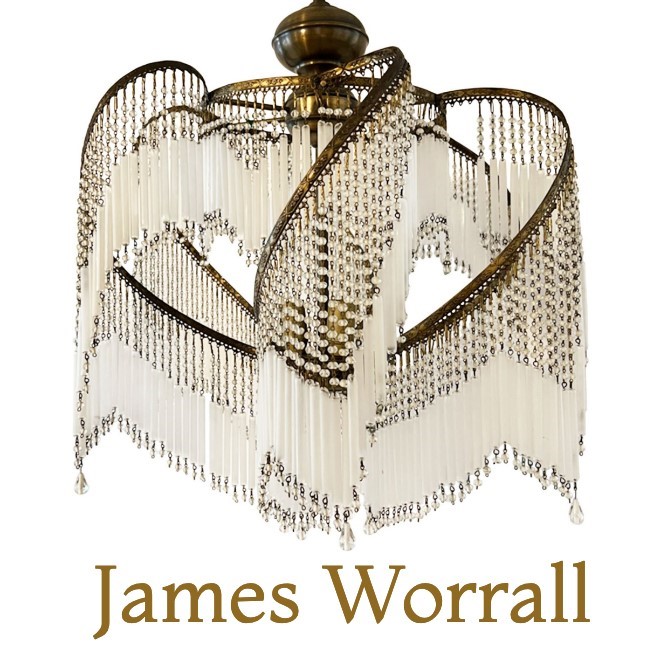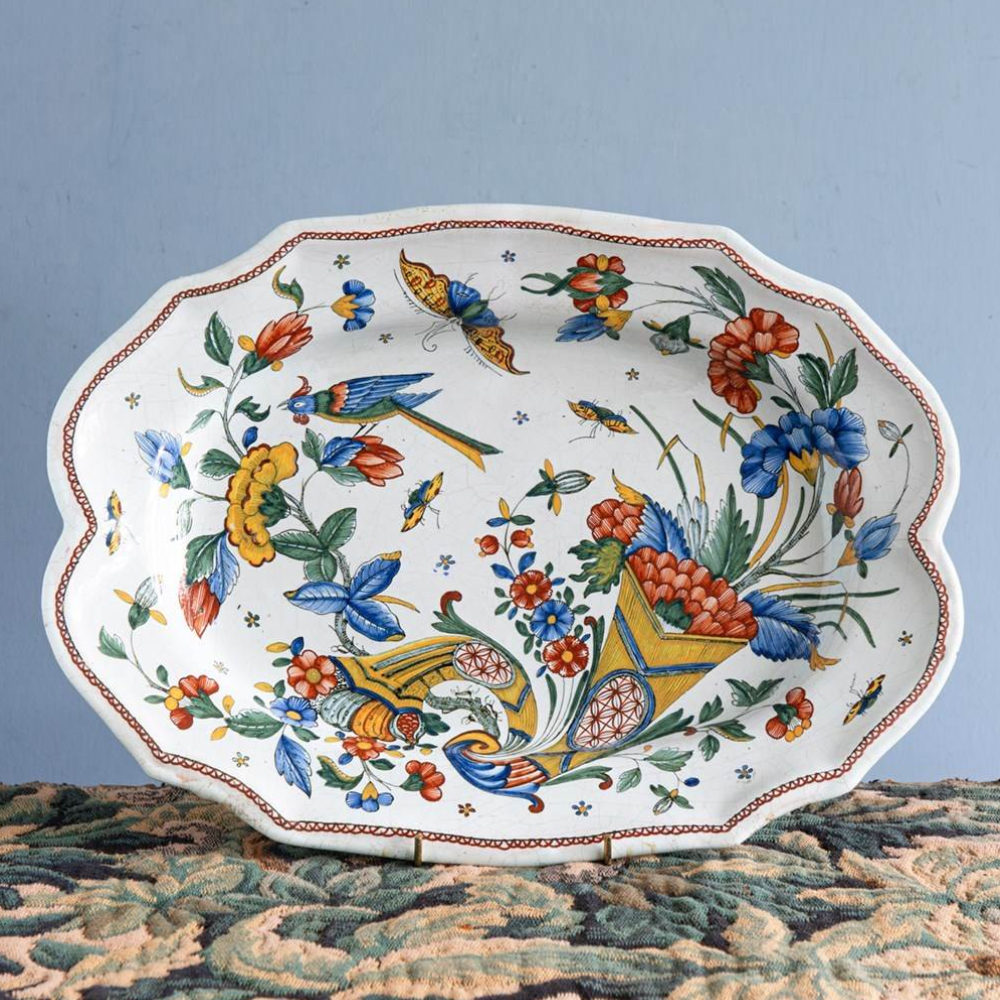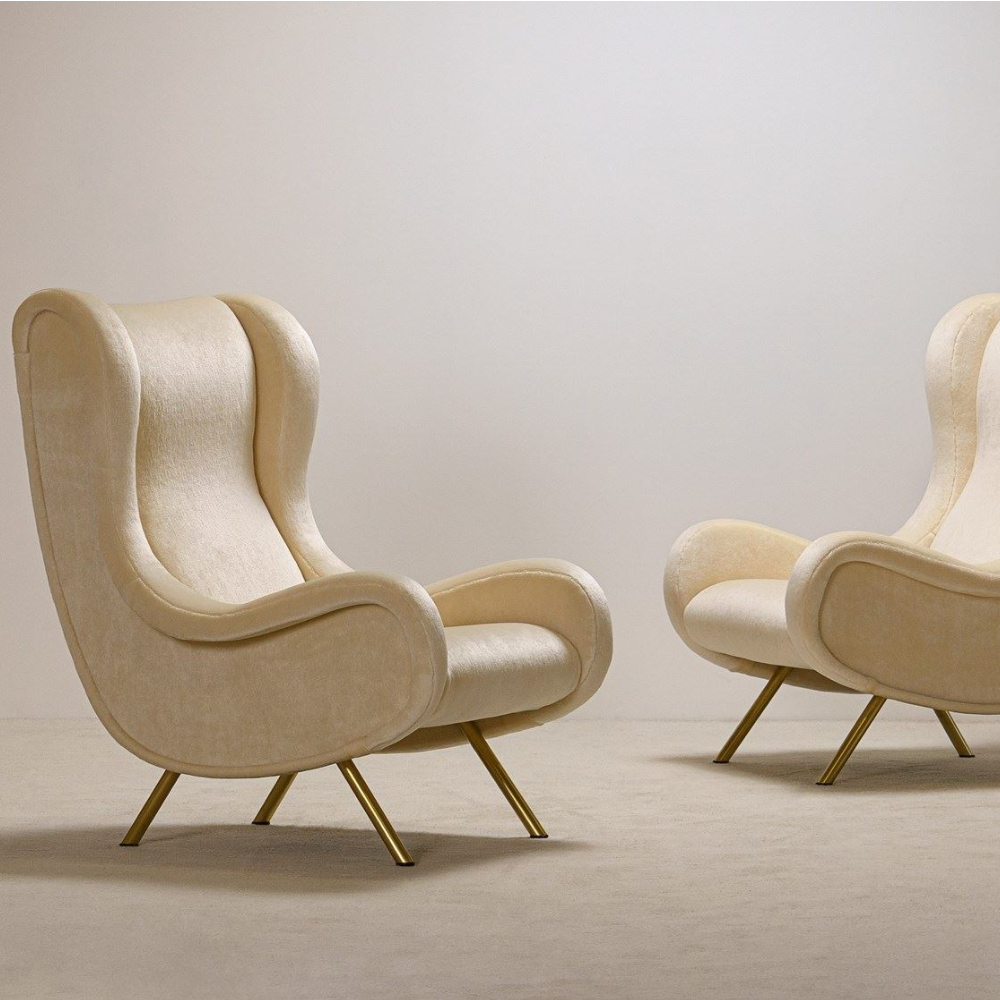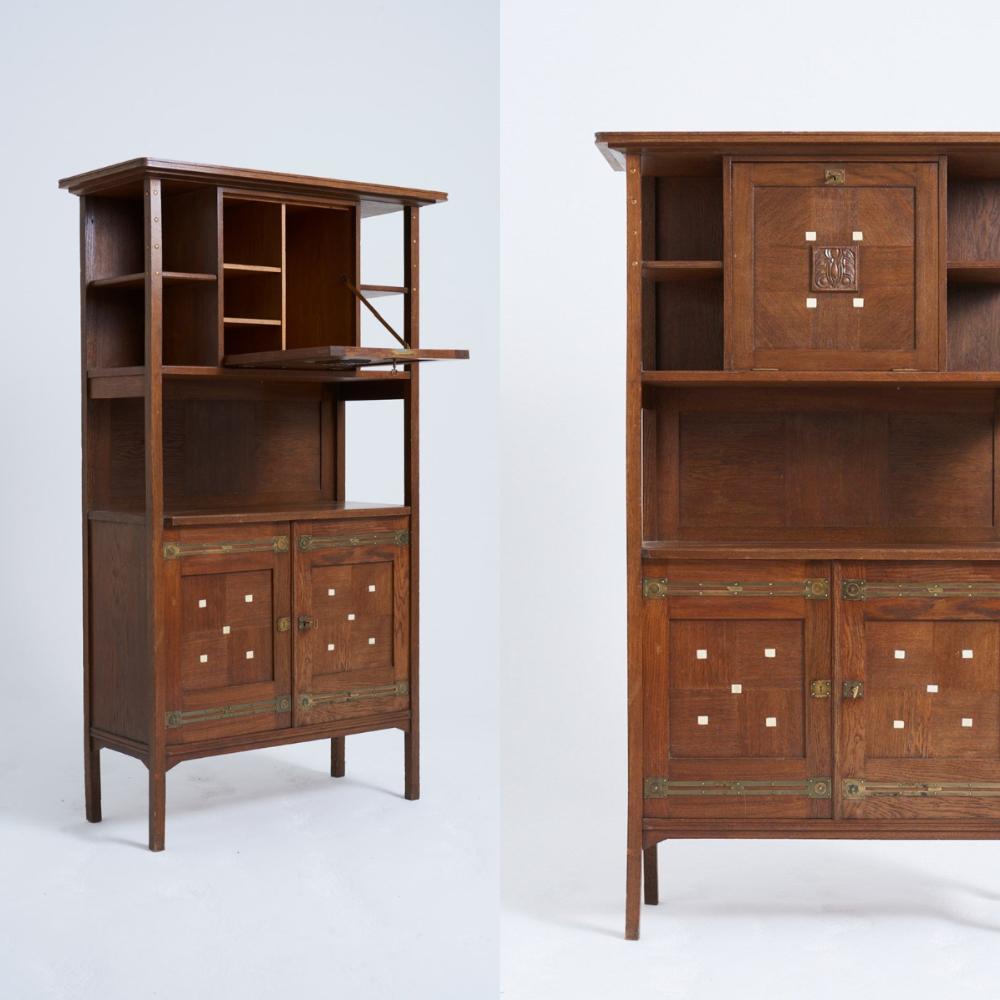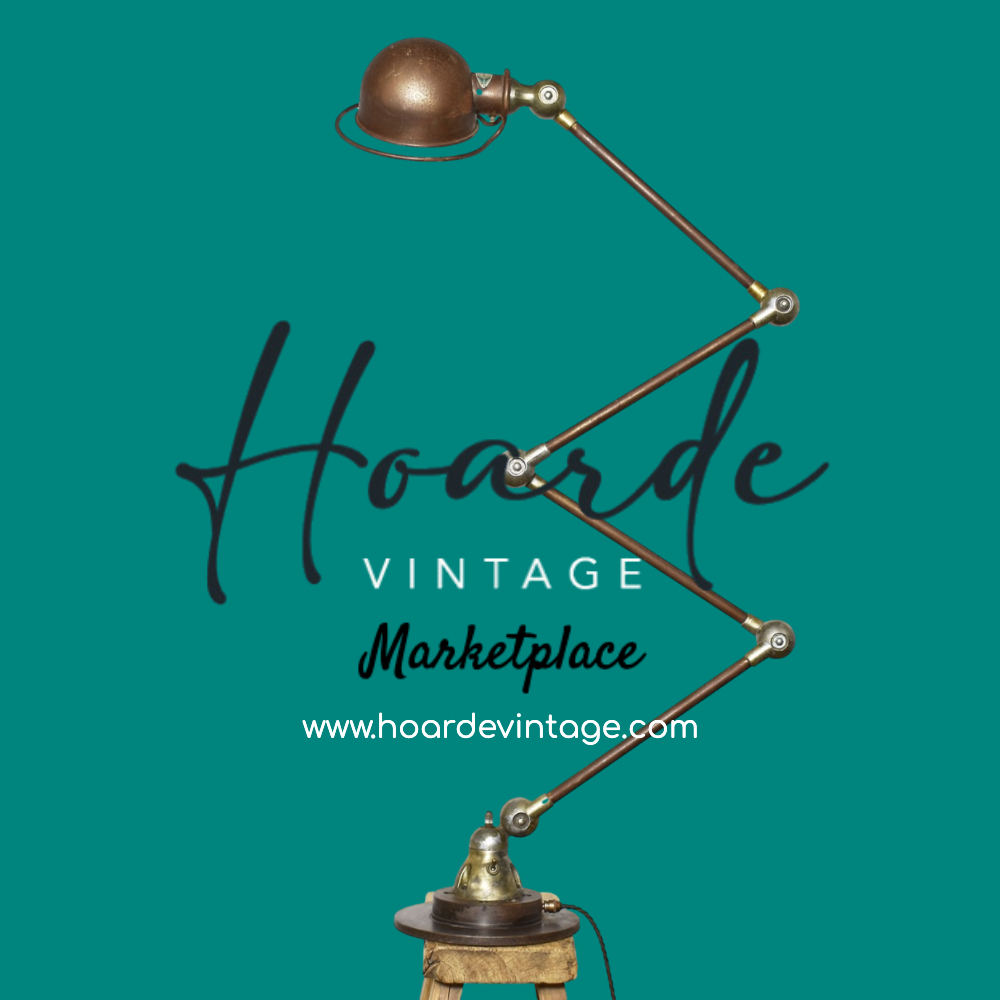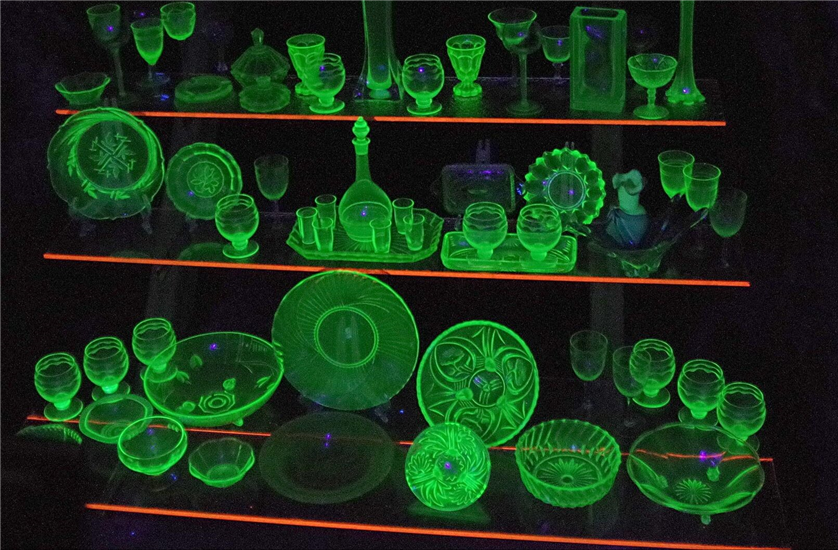
Uranium glass has become a collector’s item over the years, with many people hunting for all kinds of pieces. In this guide, we’ll take you through everything you need to know about uranium glass, whether you’re buying or selling antique glassware.
What Is Uranium Glass?
Uranium glass is glass that has had uranium added to it before melting to create colours. Typically, pieces are made with low levels of uranium, meaning anywhere from trace amounts to 2%. However, some pieces have been found to be made up of 25% uranium.
The uranium was added for the fluorescent effect it created. It soon became incredibly popular and started to be manufactured across Europe and North America.
Most uranium glass is decorative, tableware or household items, with many pieces looking like carnival glass. Uranium glass bowls are particularly popular.
The manufacture of uranium glass dropped dramatically in the 1940s as a result of the Second World War, which saw the availability of uranium fall.
How to Identify Uranium Glass
The easiest way to tell if uranium glass is real is to look at it under UV light. Real uranium glass will glow bright green under the light. The brightness of the colour will depend on the uranium content, but if glass glows under UV, it is unmistakably uranium glass.
Some uranium glass will also register above background radiation on a sensitive Geiger counter, but this isn’t always the case.
When Was Uranium Glass Made?
Uranium glass first made an appearance in the 1830s. Josef Reidel is often credited with inventing it, naming it after his wife. He called the yellowish-green uranium glass Annagruen and the yellow Annagelb. Between 1830 and 1848, his factory in Bohemia made this glass.
Over time, the glass started to be made at more factories, including the Choisy-le-Roi factory in 1838 and Baccarat in 1843. Later in the 19th century, uranium glass started to be made with heat-sensitive chemicals that turned a milky white colour when they were reheated. This glass became known as vaseline glass because of its yellow colour.
There was a huge rise in popularity in the 1880s, and London-based Whitefriars Glass Company was one of the first companies to bring uranium glass to the mass market.
The scarcity of uranium between 1942 and 1958 meant that production paused in many areas and was stopped completely in the US as the government confiscated uranium supplies for the Manhattan Project.
Today, only a few manufacturers continue to make some form of uranium glass.
Is Vaseline Glass The Same As Uranium Glass?
Uranium glass is used as a blanket term for any glass containing uranium, but vaseline glass is a very specific type of uranium glass. Vaseline glass has a distinctive yellow colour, which is why it is often referred to as canary glass.
Vaseline glass is also transparent, whereas some types of uranium glass are opaque, such as custard glass and Burmese glass.
How Much Is Uranium Glass Worth?
Uranium glass can be worth anywhere from under £100 to over £10,000, with the scarcity of a piece having a big impact on its value.
As uranium glass was used to manufacture household items, some pieces are incredibly common and can be picked up at a relatively low price. However, uranium glass was also used to make more intricate or decorative glassware.
Uranium glass made by specific manufacturers can also be worth more, so it is worth looking into the most sought-after pieces if you want to start a collection.
Is Uranium Glass Safe?
The fact that the glass contains uranium has led many people to wonder if uranium glass is dangerous. However, as the amounts of uranium used in each piece are typically very low, it is safe to have in your home so long as it is used and handled correctly.
Uranium glass is considered to be radioactive, but the level of radioactivity is very low. This generally means that there are no negative health impacts when you handle the glass correctly. In fact, a report published by the US Nuclear Regulatory Commission in 2001 stated that uranium glass is considered to be safer than household electronics.
Despite this, it is recommended that you avoid eating or drinking out of uranium glass objects, as you can end up ingesting small fragments of radioactive material.
Can You Still Buy Uranium Glass?
Uranium glass is still available to buy today, with some manufacturers continuing to make it and plenty of uranium glass antiques on the market. In fact, people often find uranium glass for sale as normal glassware, as sellers are not aware of what they have. This can mean that you can find uranium glass in thrift stores, charity shops and other places for low prices.
If you collect uranium glass or are considering starting a collection, it can be a good idea to take a portable UV light with you to shops to check if any glassware has that telltale glow. You can also find vassaline and uranium glass for sale online.

